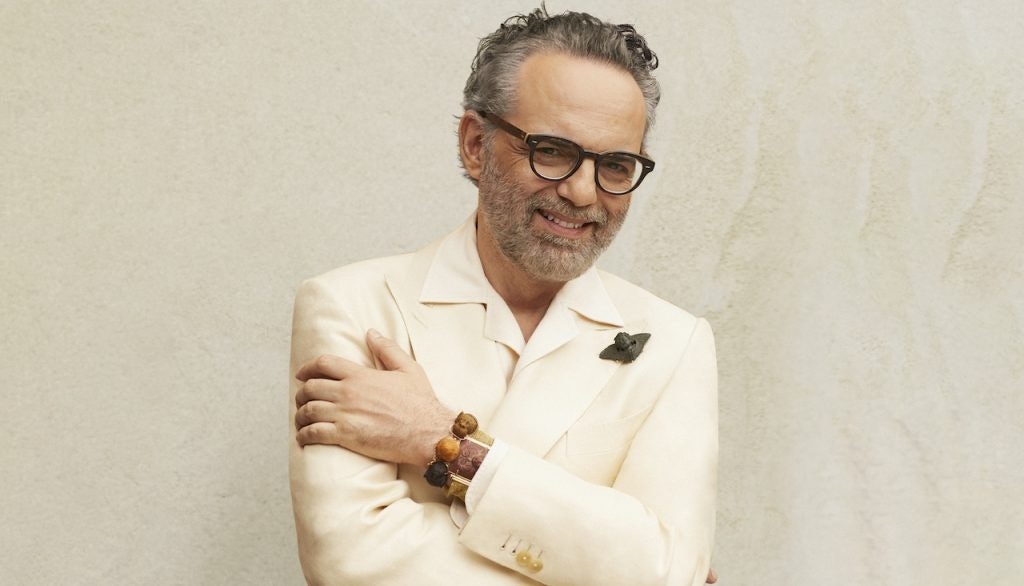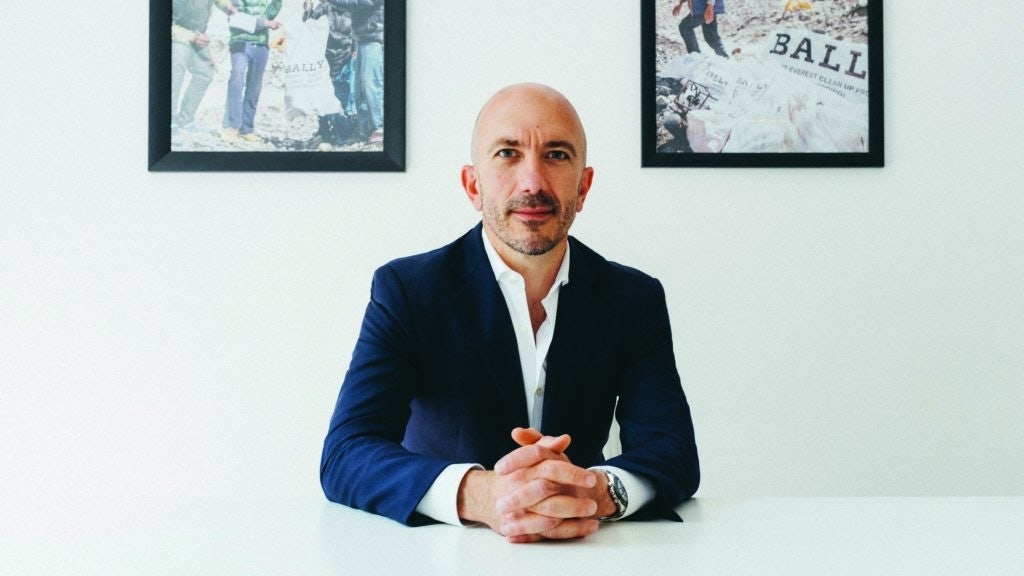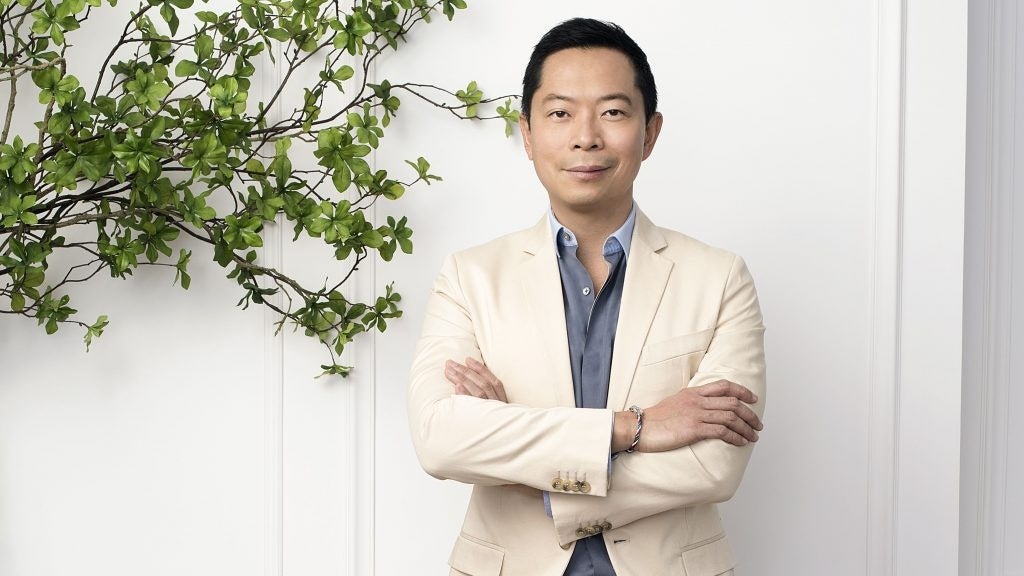Pandemic woes bled into 2021 as new COVID-19 variants cropped up and wreaked havoc on business. However, luxury brands were more prepared to weather the storm this time; with seasoned CEOs at the helm, they trudged their way through travel restrictions, supply chain disruptions, and ever-changing consumer trends.
Crucially, they also zeroed in on China. By expanding their footprint in this market through new physical and digital channels, luxury houses did more than stay afloat — several even surpassed pre-pandemic revenue as early as the first quarter of 2021. And these nimble players should continue seeing gains as the country now represents one-fifth (or $69 billion) of global luxury spending and this figure is projected to double by 2025.
Below, Jing Daily recaps interviews with top luxury CEOs who share their strategies for succeeding in China. For more of our 2021 year reviews and highlights, read here.
Valentino CEO Jacopo Venturini#

Although Jacopo Venturini only assumed the CEO title in June 2020, he has spent his short reign actively implementing a new vision for the Italian luxury house and elevating couture culture via client experiences. This is best captured by the Re-Signify exhibitions in Shanghai and Beijing, which put a new spin on Valentino’s signature house codes through the lens of contemporary art, music, film, and photography.
As the brand’s history is less known in China than in Europe or the US, Venturini saw the Re-Signify series as an opportunity for Valentino to be “physically discovered and rediscovered at its core.” To resonate with local audiences, he said that brand exhibitions “should never take for granted people are familiar with your past... It is thus imperative to share what you've done, what you are doing, and where you’re headed.” Read more.
Saint Laurent CEO Francesca Bellettini#

Saint Laurent may have entered China later than other brands, but that has not deterred CEO Francesca Bellettini’s ambitions of climbing to the top. Since 2019, the French Maison has quickly opened new doors, embraced local e-commerce and social media platforms, and launched events like the Betty Catroux exhibition in Shanghai to build lasting relationships with consumers.
With China’s younger generations expected to drive future luxury consumption, many brands have taken great pains to reinvent themselves, from hopping on the latest fads to collaborating with young stars. But Bellettini stressed that Saint Laurent’s approach to winning Chinese Gen Z is the same as engaging clients anywhere else in the world. “Rather than develop some artificially targeted marketing strategy, we remain modern, relevant, and true to who we are,” she said. “We find that people do not want to be patronized or marketed to — doing that automatically makes you less authentic and less attractive.” Read more.
Bally CEO Nicolas Girotto#

When retail was shuttered during the early pandemic days, Bally relied heavily on Chinese online channels to fuel its double-digit growth. In particular, the Swiss luxury house has leveraged Tmall’s ecosystem over the past two years to amplify branded content, provide seamless shopping experiences, and acquire new consumers with big data support from the Alibaba platform, described CEO Nicolas Girotto.
That said, physical experiences remain integral to the multi-channel customer journey. In fact, Bally rolled out two stores in China last year and reinforced its positioning in top-tier cities. What has changed, however, is that transactional stores are no longer viable. “Using our stores as gateways for customer engagement, we have evolved the store concept towards a cultural hub,” Girotto explained, pointing to a Bally Peak Outlook event as an example. Read more.
FRED CEO Charles Leung#

FRED, the first jewelry brand acquired by LVMH, has gained massive momentum in China. In 2020, the country made up roughly 25 percent of its global sales, helping the French jeweler achieve an impressive 100 million euros in total revenue at the height of the pandemic.
When asked about the secrets of the brand’s performance in China, CEO Charles Leung pointed to FRED's digital marketing investments, which has allowed it to reach a larger target base through “friends of the brand.” As Leung put it, “Today, stars like Yang Mi, Fan Chengcheng, Olivia Wang, Orfila Wu, and Elvis Han have become more than just clients,” raising the brand’s desirability and awareness in China and beyond. Read more.

